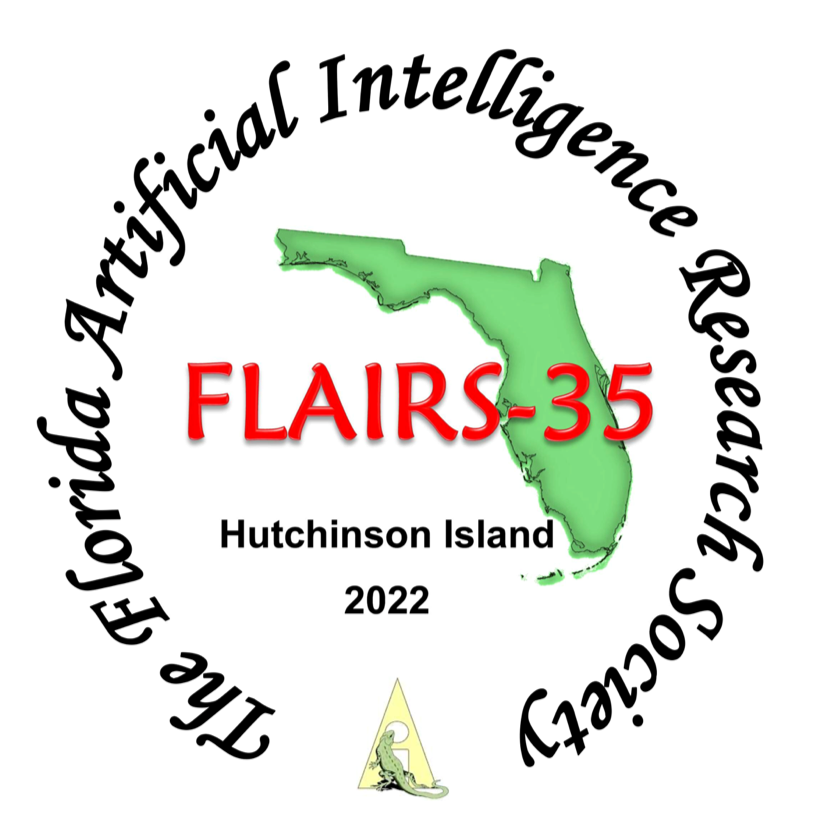Relating Preference Languages By Their Expressive Power
DOI:
https://doi.org/10.32473/flairs.v35i.130651Keywords:
Preferences, Preference Reasoing, Preference Representation, Computational Social ChoiceAbstract
There has been a great deal of research into methods for representing preferences, called preference representation languages. Often, research in this area deals with a limited number of similar languages, in isolation. This work establishes a new method of analyzing the similarity of different languages by considering the class of preference orders that each language is capable of expressing. Our method involves the definition of a relation called preference representation language subsumption, which allows us to relate various languages by their expressive power. We demonstrate several general proof techniques for showing that such a relation exists or does not exist. Additionally, we provide a small case study for several languages that express preferences over combinatorial domains and discuss several analytical uses for the proposed subsumption relation.
Downloads
Published
How to Cite
Issue
Section
License
Copyright (c) 2022 Michael Andrew Huelsman, Miroslaw Truszczynski

This work is licensed under a Creative Commons Attribution-NonCommercial 4.0 International License.


